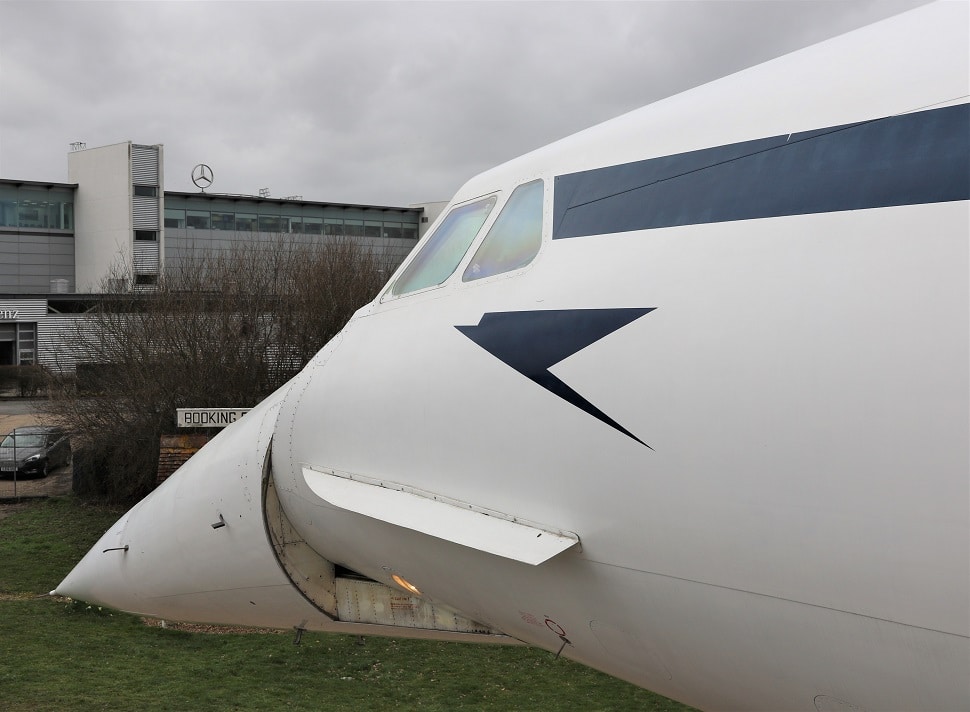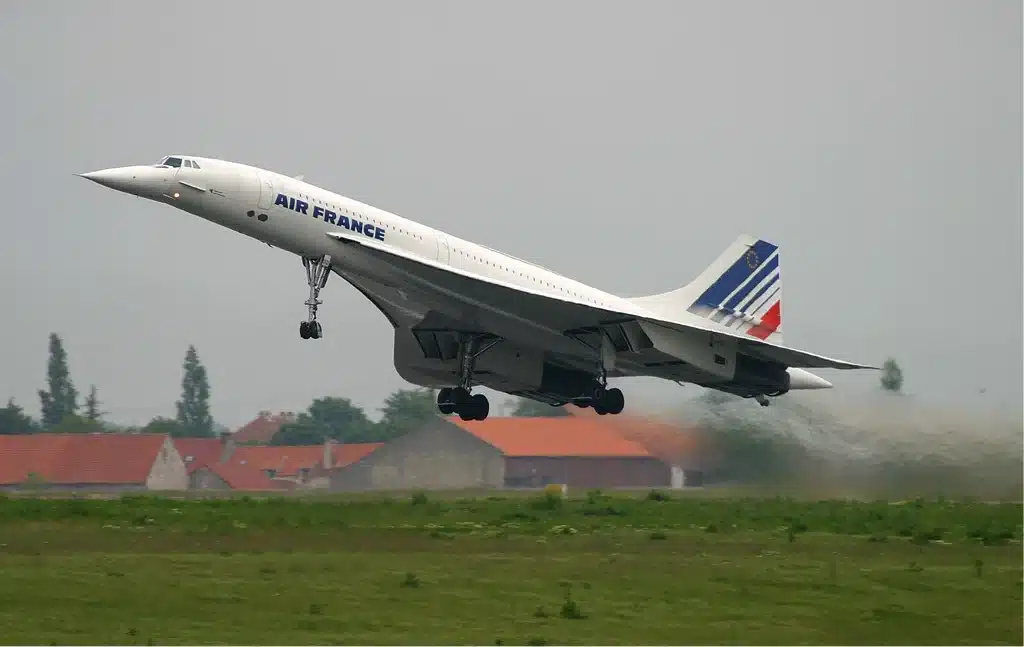Longest serving Concorde captain demonstrates its nose droop to mark 20 years after final flight
- Concorde’s longest serving Captain demonstrated its signature nose droop to mark 20 years after its final flight
- Concorde was retired in 2023 after more than 27 years in the air
- Its nose droop actually served an important role
Published on Jun 18, 2024 at 11:34 AM (UTC+4)
by Claire Reid
Last updated on Jun 18, 2024 at 5:32 PM (UTC+4)
Edited by
Tom Wood
Two decades after Concorde took its final flight, the longest serving Concorde Captain Colin Morris demonstrated its signature ‘nose droop’.
Concorde first took to the skies all the way back in September 1973 and was thought to be the dawn of a new era of super-fast travel.
The supersonic planes had a maximum cruising speed of 2,179 km (1,354 miles) per hour, or Mach 2.04, which is more than twice the speed of sound.
READ MORE! Concorde’s droop nose had a pivotal part to play in the flights
Concorde took its final flight two decades ago

Its superfast airspeeds meant it could travel between London and New York in around three hours. In fact, it still holds the record for the fastest-ever commercial transatlantic flight.
However, as we know, Concorde was grounded for good on October 24, 2003 – closing the door on ultra-fast, supersonic commercial travel.
Last October, to mark 20 years since it made that final flight Aerospace Bristol had a special demonstration from Captain Colin Morris – Concorde’s longest-serving captain.
As a large crowd gathered, Captain Morris counted down from five and then showed off the plane’s unique drooped nose at exactly 1.07pm to mark Concorde’s final landing time.
He explained: “What we call now…just coming into land and we’ve got the undercarriage down and all the green lights have come on to show us the undercarriage is down and locked.
“All the hydraulics have done their job – so we give the hydraulics the last job they have to do, which is nose down.”
The nose droop actually had an important role

Concorde’s nose droop was a one-of-a-kind design that actually played a very important role during flight operations.
The unusual-looking nose would be placed in a lowered position during takeoff and landing.
This gave the pilots a better view of the runway, helping them maneuver the plane during these critical parts of the journey.
Once the plane hit cruising height of 60,000 feet, the nose would be raised to its regular position, which would create a more streamlined silhouette, reducing drag and fuel usage. Pretty smart, right?
Although Concorde is now retired, it appears that supersonic flight could be about to make a comeback, with several companies working on commercial planes that will fly faster than the speed of sound, including the Denver-based Boom Supersonic, which is currently working on a plane that will fly at Mach 1.7.
DISCOVER SBX CARS: The global premium car auction platform powered by Supercar Blondie

Claire Reid is a journalist who hails from the UK but is now living in New Zealand. She began her career after graduating with a degree in Journalism from Liverpool John Moore’s University and has more than a decade of experience, writing for both local newspapers and national news sites. Claire covers a wide variety of topics, with a special focus on cars, technology, planes, cryptocurrency, and luxury.




